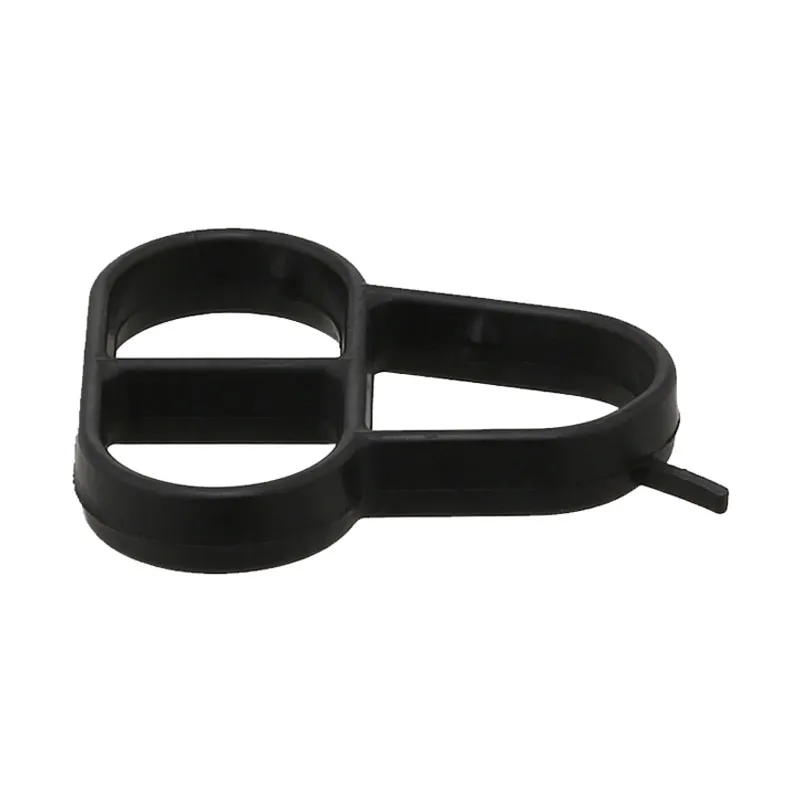3406b rear main seal
Understanding the 3406B Rear Main Seal Importance, Replacement, and Maintenance
The 3406B engine, known for its durability and reliability, is a popular choice in heavy-duty trucks and machinery. One critical component of this engine is the rear main seal. This seal plays a vital role in preventing oil leakage from the engine, ensuring that it operates efficiently and effectively. In this article, we will explore the importance of the rear main seal, signs of its wear or failure, and how to properly replace it.
The Importance of the Rear Main Seal
The rear main seal is a rubber or composite ring located at the rear of the engine, sealing the area where the crankshaft exits the engine block. Its primary function is to prevent engine oil from leaking out. Given that the 3406B is often used in applications that demand high performance and reliability, having a well-functioning rear main seal is crucial. A failing seal can lead to significant oil loss, which can reduce lubrication, increase wear and tear, and ultimately lead to catastrophic engine failure.
The rear main seal not only helps maintain the oil level but also contributes to overall engine cleanliness. Oil leaks can attract dirt and debris, leading to contamination that can affect engine performance. Furthermore, leaking oil can harm the environment and create safety hazards on the road or job site.
Signs of a Failing Rear Main Seal
Recognizing the signs of a failing rear main seal early can save time, money, and engine integrity. Some common symptoms include
1. Oil Leaks The most obvious sign is the presence of oil spots or puddles beneath the engine. These leaks may not always be visible immediately, as oil can drip onto other components before making its way to the ground.
3. Engine Performance Issues A significant oil leak due to a worn seal can lead to low oil levels, resulting in reduced engine performance, increased friction, and overheating.
4. Oil Smoke In some cases, leaking oil may come into contact with hot engine parts, creating smoke or burning oil smells.
3406b rear main seal

If any of these symptoms are noted, it is crucial to inspect the rear main seal promptly.
How to Replace the Rear Main Seal
Replacing the rear main seal in a 3406B is a complex task that typically requires a certain level of mechanical expertise. Here’s a general step-by-step guide
1. Preparation Before beginning the replacement, ensure the engine is cool and disconnect the battery. Drain the engine oil and remove any components that obstruct access to the rear main seal, including the transmission and flywheel.
2. Remove the Old Seal Carefully pry out the old rear main seal using a seal puller. Be cautious not to damage the crankshaft or the surrounding area during this process.
3. Clean the Area Before installing the new seal, thoroughly clean the seal seating surface to ensure a proper fit.
4. Install the New Seal Apply a thin layer of oil to the new seal’s lip. Carefully position the new seal over the crankshaft and use a seal driver or a similar tool to gently press it into place without deforming the seal.
5. Reassemble Reinstall all the components that were removed, including the flywheel and transmission. Reconnect the battery, fill the engine with oil, and check for leaks.
Conclusion
The rear main seal is a critical component of the 3406B engine that should not be overlooked. Regular maintenance and timely replacement can prevent costly repairs and prolong the life of the engine. By being able to identify the signs of a failing seal and understanding the replacement process, you can ensure that your 3406B engine remains in optimal working condition. Whether you tackle the replacement yourself or seek professional help, maintaining the rear main seal is a key aspect of engine care.
-
Simplifying Oil Changes: A Comprehensive Guide to Oil Drain Plugs and Their Variants
News Aug.04,2025
-
Mastering Oil Drain Maintenance: Solutions for Stripped, Worn, and Upgraded Oil Plugs
News Aug.04,2025
-
Fixing Oil Pan Plug Issues: Leaks, Stripped Nuts, and the Right Replacement Solutions
News Aug.04,2025
-
Everything You Need to Know About Oil Drain Plugs: Sizes, Fixes, and Upgrades
News Aug.04,2025
-
Choosing the Right Oil Drain Plug: A Guide to Sizes, Materials, and Drain Innovations
News Aug.04,2025
-
A Complete Guide to Automotive Drain Plugs: Types, Problems, and Innovative Solutions
News Aug.04,2025
-
The Ultimate Guide to Car Repair Kits: Tools and Essentials Every Driver Should Own
News Aug.01,2025
Products categories















